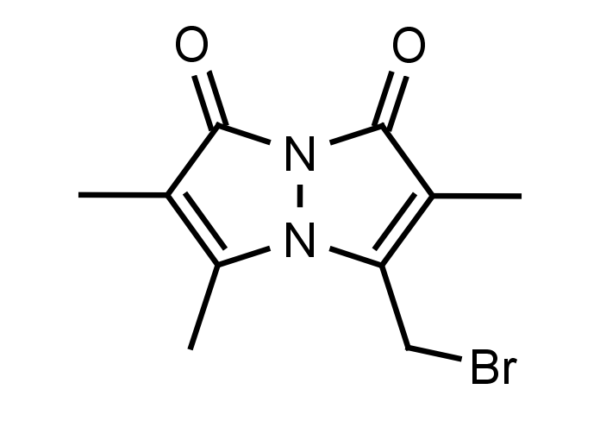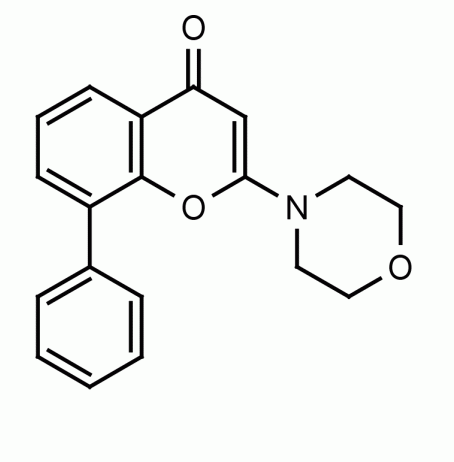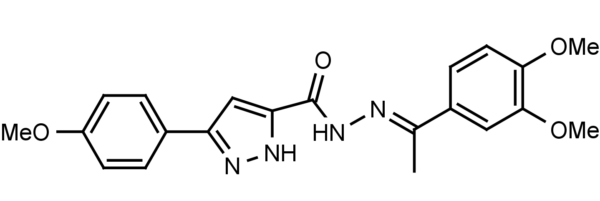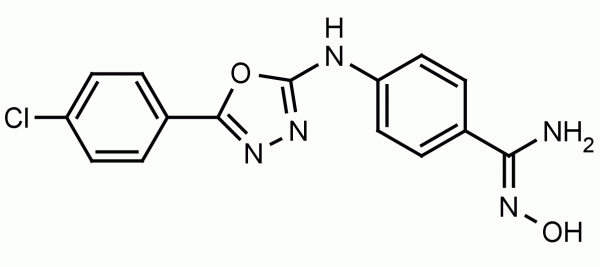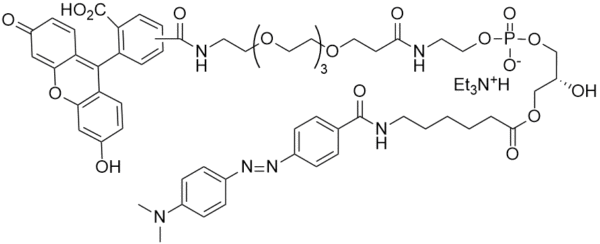Monobromobimane reacts with thiols, sulfide, thiosulfate, and sulfite to generate a fluorescent product with excitation/emission maxima at 394/490 nm.
Publications
1) Gainer, H. and N. S. Kosower (1980). “Histochemical demonstration of thiols and disulfides by the fluorescent labeling agent, monobromobimane: An application to the hypothalamo-neurohypophysial system.” Histochemistry 68(3): 309-315.
2) Hulbert, P. B. and S. I. Yakubu (1983). “Monobromobimane: a substrate for the fluorimetric assay of glutathione transferase.” Journal of Pharmacy and Pharmacology 35(6): 384.
3) Alkhalfioui, F.; Renard, M.; Vensel, W. H.; Wong, J.; Tanaka, C. K.; Hurkman, W. J.; Buchanan, B. B.; Montrichard, F. (2007) Thioredoxin-linked proteins are reduced during germination of Medicago truncatula seeds. Plant Physiol. 144(3): 1559-79.
4) Catania, J. M., A. M. Pershing, et al. (2007). “Precision-cut tissue chips as an in vitro toxicology system.” Toxicology in Vitro 21(5): 956.
5) Momma, M. (2006). “A Pepsin-Resistant 20 kDa Protein Found in Red Kidney Bean (Phaseolus vulgaris L.) Identified as Basic Subunit of Legumin.” Bioscience, Biotechnology, and Biochemistry 70(12): 3058.

